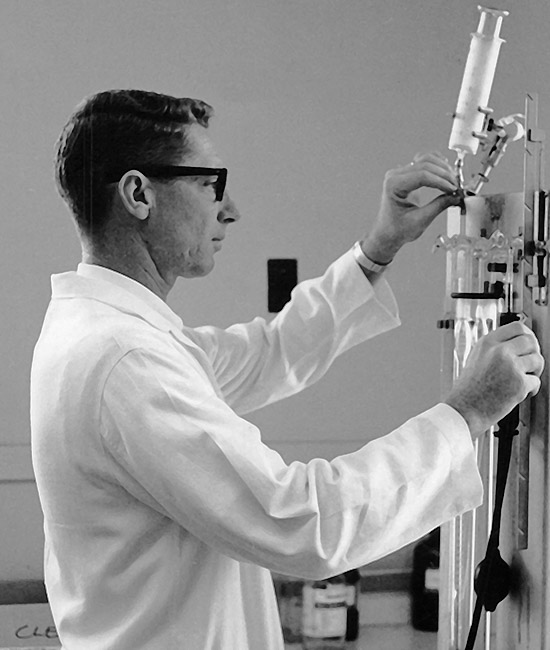 From 1966 to 1979, Harding faculty members aided NASA in research studies that examined physical fitness to prepare astronauts for space exploration (see page 14). Though these projects sought the ideal physical fitness of an astronaut for prolonged periods of time in space, the results are a road map to living a healthy and active lifestyle. Bob Corbin, director of testing during this research study, shared findings from the research and applied them to general fitness.
From 1966 to 1979, Harding faculty members aided NASA in research studies that examined physical fitness to prepare astronauts for space exploration (see page 14). Though these projects sought the ideal physical fitness of an astronaut for prolonged periods of time in space, the results are a road map to living a healthy and active lifestyle. Bob Corbin, director of testing during this research study, shared findings from the research and applied them to general fitness.
Our bodies are designed for physical activity. More than 600 muscles are attached to more than 200 bones. This relationship creates levers that give us mechanical advantage. Our body functions best when it is active. If we don’t exercise our muscles, they atrophy. Physical fitness is made up of 11 different components: five are health related (cardiovascular, muscular strength, muscular endurance, flexibility and body composition); and six are skill related (coordination, balance, agility, power, speed and reaction time). If we improve the skill-related components, we will be better in sports and games, but we may or may not be healthier. The five health-related components focus on making us healthier individuals.